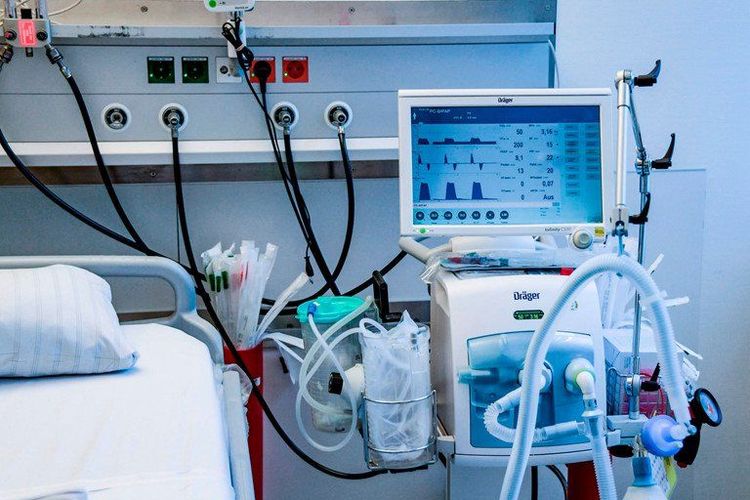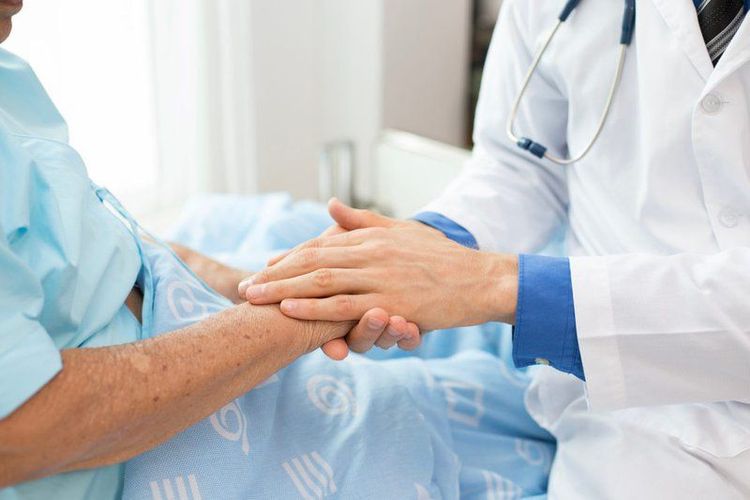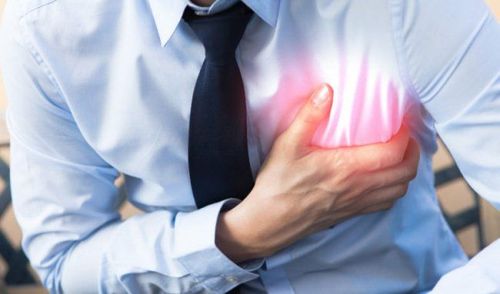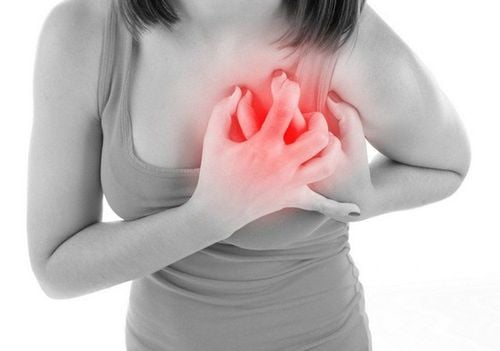This is an automatically translated article.
Cardiac surgery is a special treatment technique for patients with cardiovascular diseases, especially abnormalities of heart valves, coronary arteries and other congenital lesions. Rehabilitation before and after cardiac surgery is an indispensable part of the treatment regimen for a number of cardiovascular diseases, playing a huge role in improving the health of cardiovascular patients.1. Heart surgery
Heart surgery is a special type of thoracic surgery, performed on patients with cardiovascular problems such as heart valve replacement surgery, coronary artery bypass surgery, surgery for congenital heart patients.. Heart surgery is very complicated, requiring the help of the circulatory system outside the body during the operation. In particular, after the surgery, the patient will continue to be treated in the cardiovascular resuscitation department, using a ventilator and some other specialized equipment to monitor the patient's health status.Notably, for patients undergoing coronary artery bypass graft surgery, surgery will be performed at 2 locations on the body, namely the chest area and the lower leg area, so that the leg vein can be removed. perform coronary artery bypass. Therefore, the patient's ability to breathe as well as movement will be greatly affected, there is a risk of some complications after heart surgery such as deep vein thrombosis, pneumonia due to sputum stasis, pain joint pain... One of the most optimal solutions for these risks is the rehabilitation method before and after heart surgery to help patients have the best health to quickly recover after surgery. surgery to minimize the risk of complications.

Phẫu thuật tim là một kỹ thuật điều trị đặc biệt đối với những bệnh nhân mắc phải bệnh lý tim mạch
2. Rehabilitation before and after heart surgery
Rehabilitation before and after heart surgery not only plays a great role in helping patients recover quickly after surgery, but also helps patients improve and slowly recover their functions. life ability to be able to live and live independently, to reintegrate into family and society soon.2.1 Rehabilitation before cardiac surgery Patients will be asked about disease, clinical examination of cardiovascular problems as well as systemic problems to assess current health status. Patients will be performed a number of paraclinical techniques to evaluate cardiovascular function such as echocardiography and electrocardiogram. Cardiovascular patients are also given 6-minute walking tests to assess exercise tolerance according to the Borg scale to have rehabilitation exercises suitable for the body, or tests to evaluate Psychological status, anxiety, depression according to the current disease scale HADS before heart surgery so that the surgery takes place in the most favorable way, avoiding unwanted complications.
Regarding the rehabilitation before heart surgery, the patient will be clearly explained about the current medical condition as well as the surgical method performed on the patient to help the patient's psychological comfort and most stable before surgery. The patient will be instructed to practice breathing and exercise actively according to the range of joint motion allowed. Exercises, training time, and rehabilitation program after heart surgery will also be announced and explained so that the patient can be ready for treatment and rehabilitation after heart surgery in a short time. coming time.
2.2 Rehabilitation after heart surgery After heart surgery is over, the patient will be mechanically ventilated and assess the whole body condition including signs of consciousness, vital signs... to ensure that the health condition is stable. decide or not. The patient was placed a chest drain as well as monitored the status of the incision, bleeding or signs of infection after surgery or not. The patient's respiratory status is an important feature that should not be overlooked, including the patient's respiratory rate, breathing rate, and checking whether the patient's nose and oropharynx are suffocated with viscous sputum. In addition, the symptoms of cardiovascular disease are also checked, evaluated and compared with the patient's condition before surgery to evaluate the initial treatment effect. Test the patient's psychological function through the HADS scale and evaluate the functional independence level using the FIM scale to have indications for rehabilitation after cardiac surgery suitable for each specific patient case. .

Sau khi phẫu thuật tim kết thúc thì bệnh nhân sẽ được thở máy và đánh giá tình trạng toàn thân
After the patient stops using the ventilator, he is instructed to practice early movements such as sitting up, leaning against the bed, loosening his legs, moving from the bed to the chair with support, walking gently around the room, maybe go to the toilet on their own if the patient is able to do this activity, gradually increasing the length of the distance over time... The rehabilitation technician will guide and assist the patient with exercises for the upper limbs, lower limbs and trunk in 3 main positions: lying, sitting and standing next to the bed to increase the patient's muscle strength as well as help the patient's body increase oxygen tolerance, prevent Postoperative complications due to prolonged immobilization such as pneumonia, pressure ulcers or muscle atrophy. However, during exercise, patients need to be monitored for important indicators such as breathing rate, pulse, blood pressure... so that they can stop exercising and handle them promptly if any problems occur. .
Rehabilitation after cardiac surgery cannot ignore the respiratory rehabilitation part for the patient because this is a surgery that involves a lot of the patient's thoracic part, so it will have certain effects on the respiratory system. patient's respiration. The patient is instructed to practice slow and deep breathing exercises to increase ventilation for the lungs. Patients are trained to cough to expel dirt such as viscous sputum, secretions in the respiratory system to the environment to prevent respiratory obstruction. Some hand movements are also performed to increase the size of the rib cage when the patient practices breathing. The patient can practice self-feeding, changing clothes and going to the toilet to be able to function independently. , re-engagement in daily life activities. In addition, psychotherapy is also a very important part to help patients after heart surgery to reduce anxiety and stress and focus on treatment and rehabilitation in the most effective way.

Phục hồi sau phẫu thuật tim không thể bỏ qua phần phục hồi chức năng hô hấp cho bệnh nhân
3. Conclusion
Rehabilitation before and after cardiac surgery is an extremely effective supportive treatment and is being applied very popularly with patients undergoing cardiac surgery. This is a long but necessary process so that patients can improve their health and well-being after heart surgery.To protect cardiovascular health in general and detect early signs of cardiovascular disease, customers can sign up for Cardiovascular Screening Package - Basic Cardiovascular Examination of Vinmec International General Hospital. The examination package helps to detect cardiovascular problems at the earliest through tests and modern imaging methods. The package is for all ages, genders and is especially essential for people with risk factors for cardiovascular disease.
Please dial HOTLINE for more information or register for an appointment HERE. Download MyVinmec app to make appointments faster and to manage your bookings easily.













